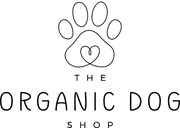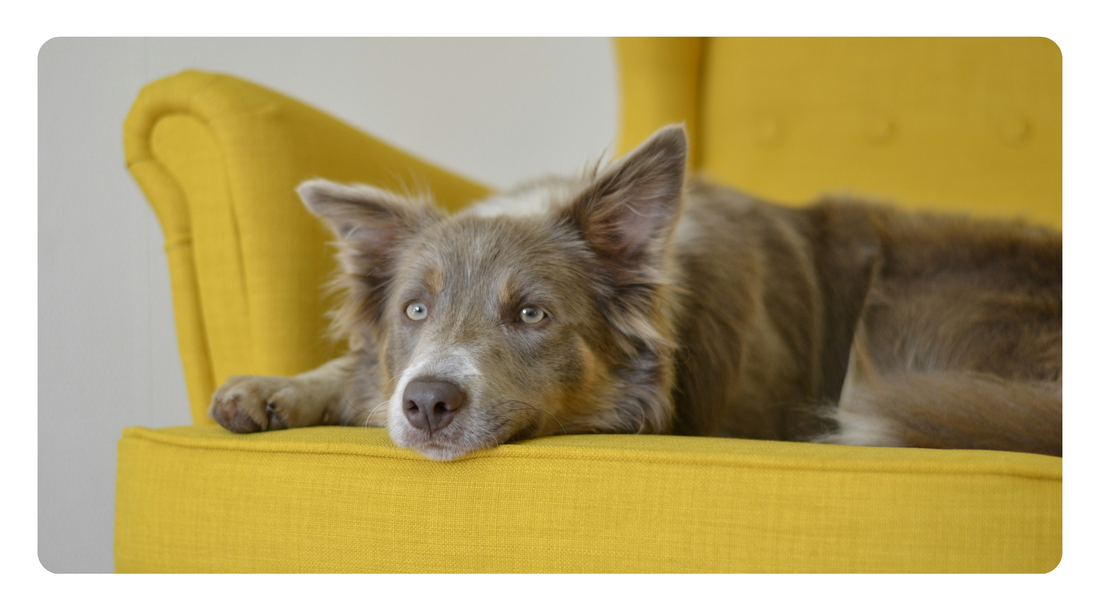Yeast overgrowth is one of the most common and frustrating health issues in dogs—and it often goes overlooked or misdiagnosed. If your dog has chronic itching, a musty odor, red or rusty paws, recurring ear infections, or greasy skin, yeast may be at the root of the problem.
The good news? You don’t have to live in a constant battle with yeast. With the right strategy, you can starve it, kill it, and restore balance to your dog’s microbiome. This three-phase approach tackles yeast from the inside out—supporting detox, calming inflammation, and rebuilding the gut and skin barriers for long-term results.
Let’s walk through a comprehensive, step-by-step protocol to help your dog overcome yeast overgrowth naturally and restore vibrant health.
Understanding Yeast Overgrowth in Dogs
Yeast, particularly Malassezia on the skin and Candida in the gut, is a type of fungus that naturally lives on and inside your dog. In small amounts, it plays a role in the microbial ecosystem. But when gut health is disrupted or the immune system is compromised, yeast can rapidly multiply and trigger widespread inflammation and discomfort.
Signs of Yeast Overgrowth:
-
Itchy, inflamed skin (paws, ears, belly, armpits, or groin)
-
Musty or “corn chip” odor
-
Brown discharge from ears or chronic infections
-
Red, rust-colored stains on fur from licking paws or groin
-
Hair loss, thickened skin, or dark pigmentation
-
Greasy, flaky coat or seborrhea
-
Scooting, licking the anus, or chronic digestive upset
-
Mood changes, restlessness, or discomfort
Yeast overgrowth can look different in every dog, which is why it’s often mistaken for allergies or bacterial infections. Many dogs are treated repeatedly with antibiotics or steroids, which may worsen the yeast over time by suppressing immune function and killing beneficial bacteria.
The 3-Phase Plan: Starve, Kill & Rebalance Yeast
Successfully managing yeast requires a multi-faceted approach. Here’s how to implement each phase of the plan:
Phase 1: Starve the Yeast
Yeast is opportunistic and thrives in an environment rich in sugar and starch. The first step is to eliminate the food sources that feed it.
-
Feed a low-carb, species-appropriate diet: Choose raw or gently cooked meals with high-quality animal proteins, organ meats, and low-glycemic vegetables. Avoid all grains, peas, rice, potatoes, corn, and other starch-heavy ingredients.
-
Cut out sugary treats and synthetic supplements: Yeast can feed on sugar hidden in processed foods and commercial multivitamins. Check labels and avoid ingredients like molasses, glucose, or syrup.
-
Minimize fruit intake: Berries in moderation are okay later in the healing process, but avoid sugary fruits like bananas and apples during yeast detox.
-
Ditch kibble completely: Even “grain-free” kibble is often loaded with starches like legumes or tapioca that convert to sugar.
-
Filter your dog’s drinking water: Tap water often contains chlorine, fluoride, and other chemicals that can disrupt the gut and microbiome, indirectly supporting yeast overgrowth.
Transition to a clean, whole-food diet sets the stage for the next phase and helps create an internal environment that yeast can’t thrive in.
Phase 2: Kill the Yeast
Once you’ve removed yeast’s food supply, it’s time to introduce natural antifungal agents to reduce the overgrowth. This phase should be done gently and gradually.
-
Caprylic acid (from MCT oil): A medium-chain fatty acid that breaks down yeast cell walls and disrupts fungal growth.
-
Olive leaf extract: Contains oleuropein, a powerful natural antifungal and immune booster.
-
Pau d’arco bark: This South American herb contains naphthoquinones, known for inhibiting yeast and fungal overgrowth.
-
Oregano oil (with caution): A very potent antifungal that must be diluted and used carefully. Use short-term and rotate with other options.
-
Digestive enzymes (including cellulase and protease): These break down the yeast biofilm—a protective coating that shields it from the immune system and antifungals.
-
Garlic (fresh or freeze-dried): In small amounts, garlic has antifungal and antimicrobial properties. It’s safe for dogs when used appropriately.
Start slowly and monitor for signs of a die-off reaction (Herxheimer response), which can include temporary fatigue, itching, diarrhea, or flare-ups. These symptoms mean the yeast is dying and releasing toxins. Supporting detox pathways during this phase is critical (see below).
Phase 3: Rebalance the Microbiome
Once the yeast has been reduced, rebuilding a healthy, diverse microbiome is key to preventing recurrence. A balanced gut flora keeps yeast in check naturally and supports immune resilience.
-
Soil-based probiotics (SBOs): These hardy strains survive stomach acid and help repopulate the gut. Look for Bacillus subtilis, Bacillus coagulans, and Pediococcus acidilactici.
-
Saccharomyces boulardii: A beneficial yeast that outcompetes Candida and promotes gut healing. It also protects against antibiotic-related gut damage.
-
Prebiotic-rich foods: Feed good bacteria with plant fibers like burdock root, dandelion root, and green banana flour.
-
Gut lining support: Use L-glutamine, slippery elm, marshmallow root, and colostrum to heal and seal the intestinal wall.
-
Avoid unnecessary medications: Antibiotics, steroids, and NSAIDs disrupt the microbiome and immune function—use them only when absolutely necessary.
Rebuilding a diverse microbiome can take time, so continue this phase for at least 8–12 weeks, and longer for dogs with long-term yeast issues.
Environmental Support for Yeast Recovery
Yeast thrives not only in the gut and on the skin—but also in moist, warm, and chemical-laden environments. Supporting detox and reducing external yeast triggers is crucial.
-
Clean bedding weekly with hot water and fragrance-free, non-toxic detergent.
-
Avoid household cleaners that contain bleach, ammonia, or synthetic fragrances. Use vinegar, baking soda, or plant-based cleaners.
-
Bathe your dog every 1–2 weeks with antifungal shampoo containing ingredients like apple cider vinegar, neem, tea tree, or chlorhexidine.
-
Dry thoroughly after bathing or swimming, especially between toes, ears, and skin folds.
-
Add detox support: Use binders like bentonite clay, chlorella, and fulvic acid to help remove yeast toxins.
-
Minimize stress and overexertion: Stress weakens the immune system and promotes yeast growth. Ensure your dog gets plenty of rest, gentle movement, and time in nature.
Final Thoughts
Yeast overgrowth doesn’t have to be a lifelong battle. With the right approach, you can address the root cause—rather than constantly treating flare-ups or masking symptoms. By starving the yeast, killing it with natural antifungals, and rebalancing your dog’s microbiome, you support not just the skin and ears, but the entire immune and digestive systems.
Be patient—yeast takes time to clear, and detox reactions may occur. Healing is not always linear, but with consistency, your dog’s health will transform from the inside out.
At The Organic Dog Shop, we carry a curated selection of yeast-fighting supplements, gut-rebuilding probiotics, and detox support to guide your dog through this journey. Explore our yeast support collection today to help your dog thrive—inside and out.

